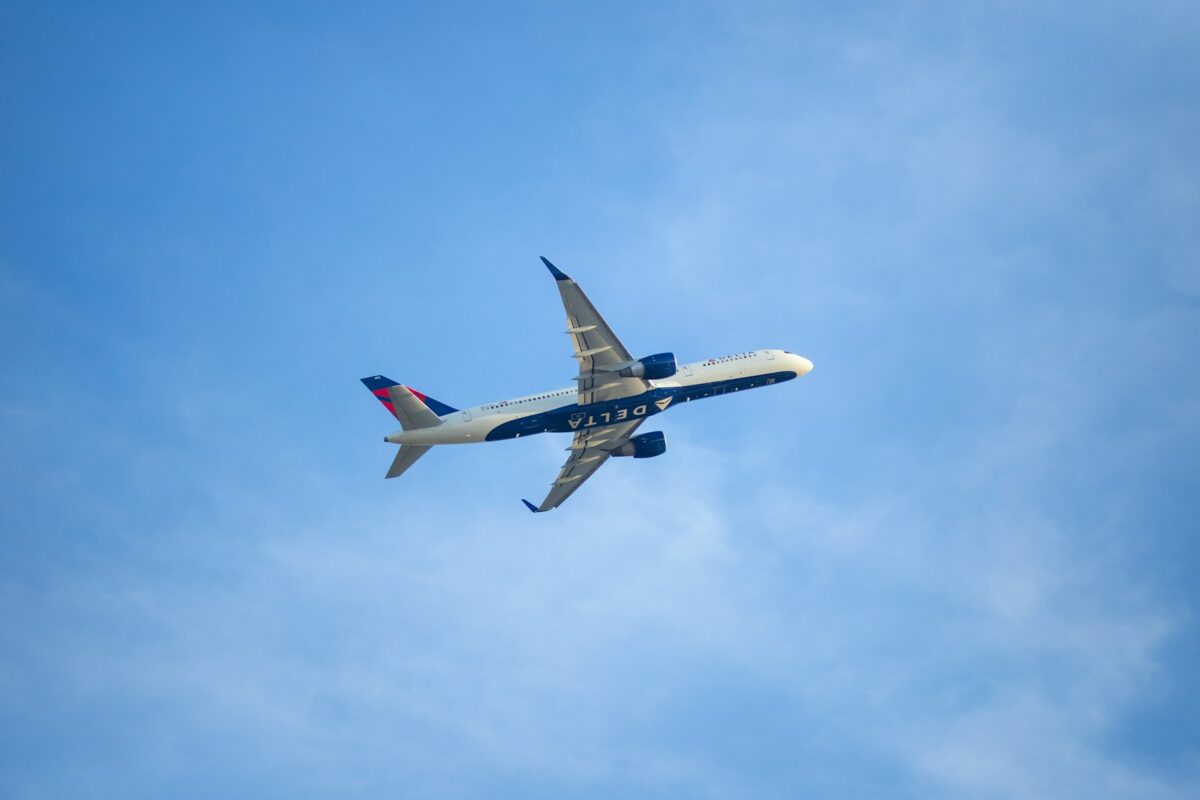Pricing strategy is one of the most important marketing decisions. Here’s a little history on how we thought about pricing in the early days of the Mac which may help marketers understand how Apple might be thinking about pricing in the post-PC era.
The early Mac had a higher COGS (cost-of-goods-sold) than the MS.DOS PC. This is because we had to amortize all of our system software development and leading edge proprietary graphics hardware technology across a much smaller number of physical units than PCs. Microsoft could spread its R&D across 9 times more computers and Bill Gates purposefully priced his operating system at a very low price to OEMs (original equipment manufacturers) in order to hold off competitors. Bill’s strategy was to charge a high price for application software and in fact Microsoft’s profit on each Mac was about the same as Apple’s because Microsoft’s MacOffice was premium priced.
Steve Jobs and I disagreed over the introductory price for the original 128k Mac. Steve wanted to sell it for $1999 and I wanted to sell it for $2499.
Here was why we eventually settled on $2499. In 1993, all of Apple’s profits and cash flow came from the 6 year old Apple II. We needed that Apple II cash flow to fund the Mac development and marketing launch. If the Mac were introduced at $1999 there would be insufficient monies to fund both the Mac launch and follow-on Macintosh R&D without systemically reducing Apple’s traditional 40% gross margin. Neither I, nor the Apple board, wanted to reduce our 40% gross margin and the facts were that Macintosh would continue to be a more expensive R&D computer platform than the Apple II. Even at 27, Steve Jobs was a very sharp business strategist and his defense of the $1999 price point was largely out of loyalty to an expectation he had previously set with his Mac team that he would price the Mac as a consumer appliance and back in 1984, $1999 was actually thought of as a consumer price point for a personal computer.
After Steve Jobs left Apple in 1985, he went on to start NeXT computer and ended up targeting it at the higher education market with an introductory price of $9999. The NeXT computer was technically brilliant and its design elegant but its price was way too high and NeXT never achieved the market success Steve had hoped for. The reality was that breakthrough high tech products have always been expensive in their early days. For example, the first dye sublimation color printer in 1988 was priced at $29,000 ( e.g. ink jet printers today cost about $79). Or a Sharp 70” HDTV 4 years ago was introduced at CES at a price point of over $50,000.
Steve Jobs first principles never changed:
The product experience must be elegant; no compromises.
Apple creates complete end-to-end systems, not just hardware products.
1980s = Mac + Postscript + LaserWriter + PageMaker
1990s = iPods + iTunes.
2007 = iPhones + iOS +App Store.
2009 = iPad + iOS + App Store.
Apple has an increasingly smaller market share in mobile than Android and Samsung, but Apple makes 80% of the profits today in consumer mobility.
27 years after the first Macintosh was introduced, Apple is still employing a premium price strategy.
Contributed to Branding Strategy Insider by: John Sculley, Former CEO of Pepsi-Cola, Former CEO of Apple, marketing innovator and thought leader.
The Blake Project Can Help: Accelerate Brand Growth Through Powerful Emotional Connections
Branding Strategy Insider is a service of The Blake Project: A strategic brand consultancy specializing in Brand Research, Brand Strategy, Brand Licensing and Brand Education




